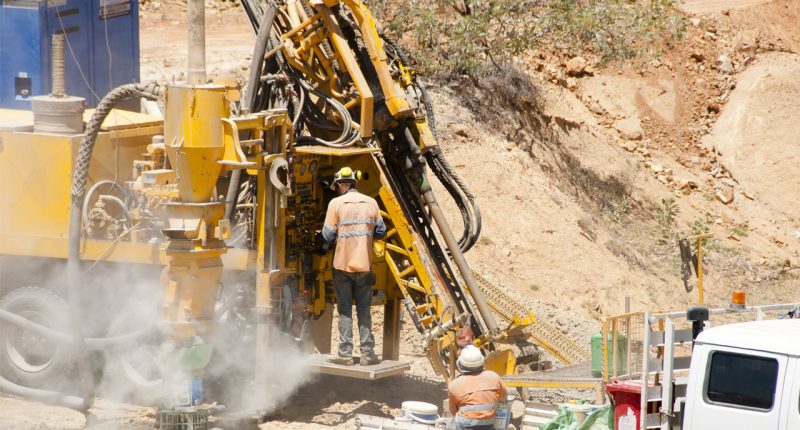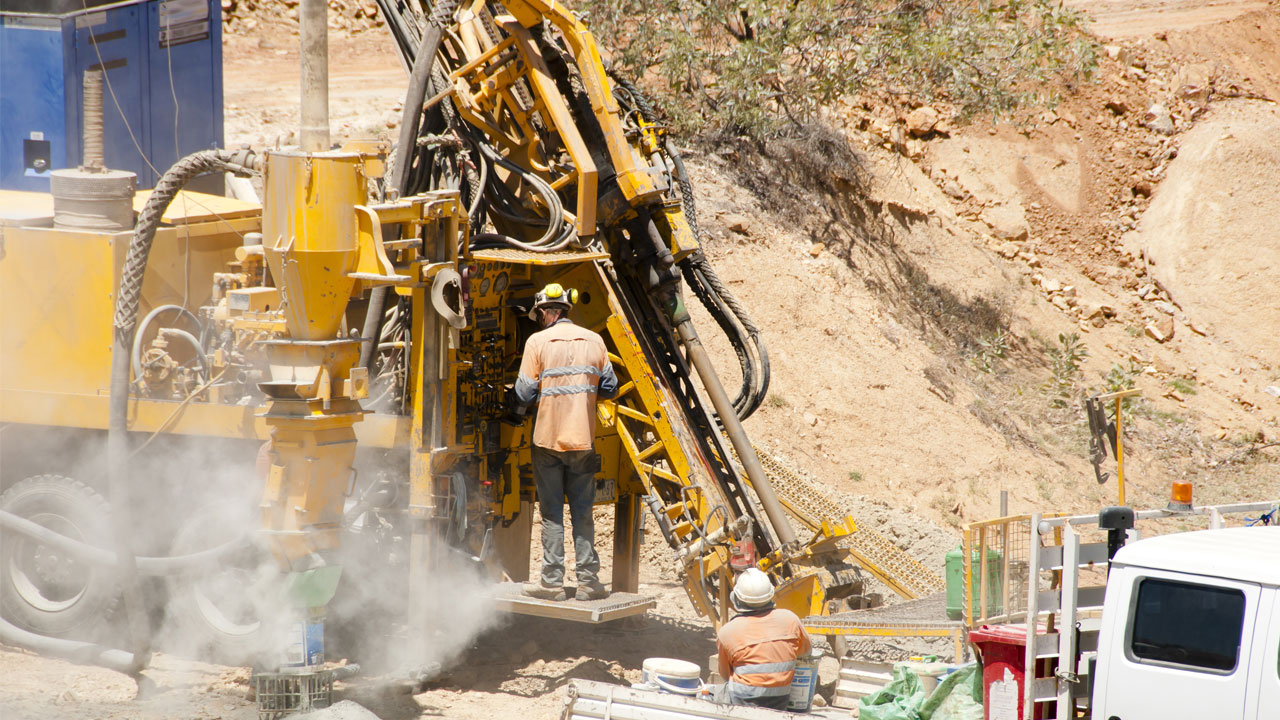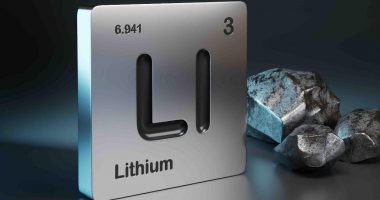- Dreadnought Resources (DRE) has announced the results of its maiden reverse circulation drilling project at Metzke’s Find
- This program was designed to target mineralised lodes along a 400 metre length
- Drilling highlights include uncovering up to 12.5 grammes per tonne of gold
- Two holes were also drilled at Illaara Central to test structural features of the overarching Illaara project
- Drilling confirmed that magnetic highs were associated with magnetic rich rocks which should not be targeted any further
- Dreadnought’s shares are steady today and have been trading for 0.3 cents since March 12
Dreadnought Resources (DRE) has announced the results of its maiden reverse circulation (RC) drilling program at Metzke’s Find.
This maiden RC program was designed to target mineralised lodes along approximately 400 metres of strike and at depth under historic workings and shallow drilling.
Metzke’s Find is part of the Illaara Gold-VMS Project which is located 160 kilometres northwest of Kalgoorlie in Western Australia.
It is a hundred-year-old collection of workings extending over 700 metres of strike and up to 30 metres deep.
Only limited drilling occurred in the 1980s and 1990s, however, these workings appear to have targeted shallow oxide gold along a mineralised quartz shear zone.
Of this 700 metres of strike, approximately 200 metres has been designated as a water reserve which prevented drilling.
A total of 10 holes were drilled to the north of the reserve and two were drilled to the south.
Significant drill intercepts include two metres at 6.8g/t gold from 79 metres including one metre at 12.5g/t gold from 80 metres, and four metres at 1.9g/t gild from 64 metres including two metres at 3.1g/t gold from 64 metres.
“Our maiden drilling program at Metzke’s Find has produced encouraging results which is vectoring us towards the rest bedrock lode under the historical workings,” Managing Director Dean Tuck said.
“These results have turned our focus away from the shallow oxide intercepts and towards the deeper workings which straddle a significant bend in the mineralised structure. This is an attractive drill target for testing,” he added.
Two Exploration Incentive Scheme (EIS) co-funded RC holes were also drilled at Illaara Central to test lithological and structural features seen in the magnetics.
Drilling confirmed that magnetic highs were associated with magnetic rich gabbroic intrusions and should not be targeted any further.
Drilling also confirmed the presence of shearing, alteration and quart-sulphide veining, indicative of a structurally complex and fertile mineralisation system.
No significant results were produced, however, results received will direct further targeting to areas of magnetic destruction or fault offsets associated with gold in soil anomalism.
A soil survey has now also been completed at Metzke’s Find and results are expected over the coming months.
These results will generate drill targets and identify extensions to the north and south at Metzke’s Find along the mineralised structural corridor.
Dreadnought’s shares are steady today and have been trading for 0.3 cents since March 12.







